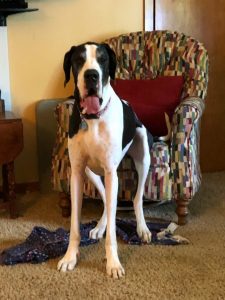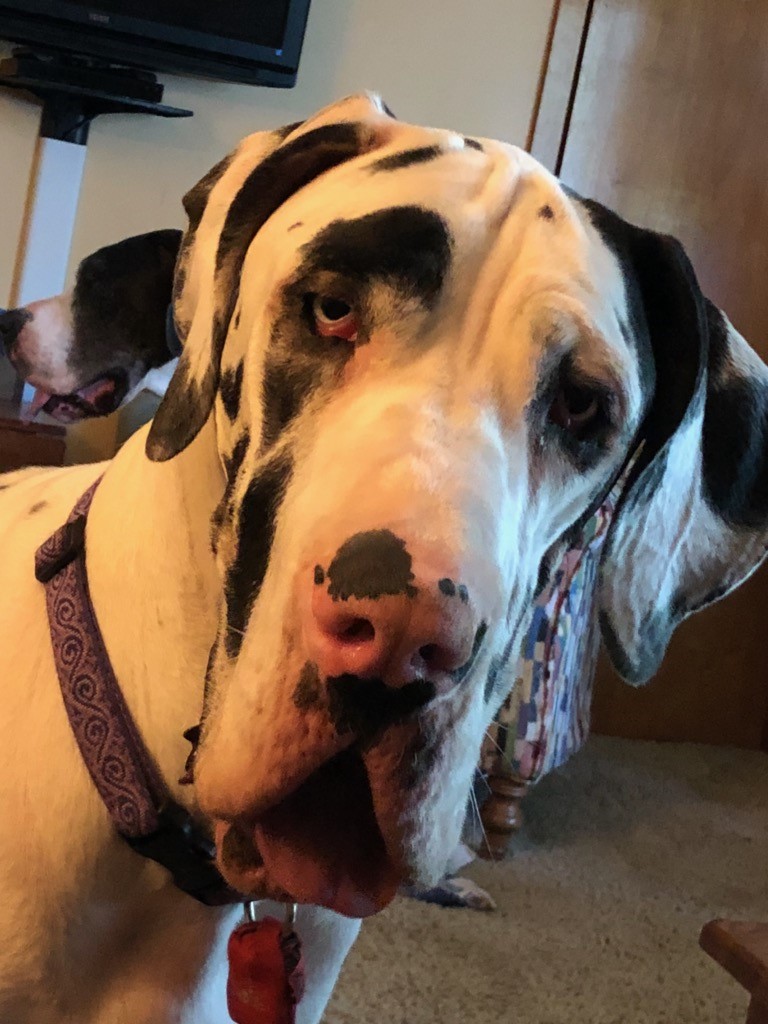I used to enjoy going to the dog park, but this has been ruined by that one crazy dog owner that we all know. They are the ones who interfere in a dogs’ affairs by repeatedly interrupting their playtime because they mistakenly think biting, nipping, and roughhousing are fighting. This person will run after the group of dogs, waving their hands and yelling at the top of their lungs. You would think that a limb had come off. They tell other people ho
w ill-behaved their dogs are. They say, “my dog is sensitive and needs special care.” In fact, it’s the human who is overly sensitive and on edge. This made me interested in why so many people mistake dog play for dog fights. What are the animals communicating with these two actions?
Marc Bekoff, who is Professor Emeritus of Ecology and Evolutionary Biology at the University of Colorado, Boulder, has spent much of his career studying and researching how dogs, wolves, coyotes, and foxes play and the role of play in their lives (Bekoff 2017).

Agape
“When dogs play, they look like they’re going crazy, frenetically wrestling, mouthing, biting, chasing, and rolling over, and doing it again and again until they can hardly stand. They use actions such as those seen during fighting or mating in random and unpredictable ways. Marc Bekoff” (Bekoff 2017).
Bowing (or downward dog) is one of the key signals that a dog wants to play. Marc Bekoff says that play is training for the unexpected. Playing and play fighting is a way that dogs negotiate social interactions and new relationships. When we humans break up what we believe is “inappropriate play” or the start of a fight, it’s as if we are interrupting a dog conversation. We’ve cut them off in mid-sentence (Bekoff 2017).
Verity and Agape, two great Danes who live with a Dickinson Professor, often show all the typical acts of playing. They bow, nip, and display bouncy movements. They love playing with each other and their humans. They like to play tug of war and to retrieve a ball, excluding the part where they have to bring it back. They rarely get a chance to play with other dogs as they are always walked on a lead. There has been a lot of discussion as to whether dogs on leads are more assertive and aggressive. It does make sense that when on a lead, the dog may feel trapped and unable to play freely and to communicate. Therefore they may need to communicate with a growl or something.
Throughout the professor’s life, she has lived with many dogs and has learned, over the years, the difference between playing and fighting. When she has her dogs on a lead, she immediately leaves a situation when her dog or the one she meets, has raised hackles. She is aware that having a dog on a lead could cause more problems. However, recently Verity and Agape have had the chance to play with other dogs. They especially enjoy playing with small dogs. They try to play with the two cats that live with them, but obviously, cats do not comprehend the dogs’ body language and invitation to play.
This brings me to something I would like to explore further – play and communication between species, such as dogs and cats.
References:
Bekoff, M., Ph.D. (2017, September 5). The Power of Play: Dogs Just Want to Have
Fun. Psychology Today. Retrieved October 6, 2020, from
https://www.psychologytoday.com/us/blog/animal-emotions/201709/
the-power-play-dogs-just-want-have-fun

Leave a Reply